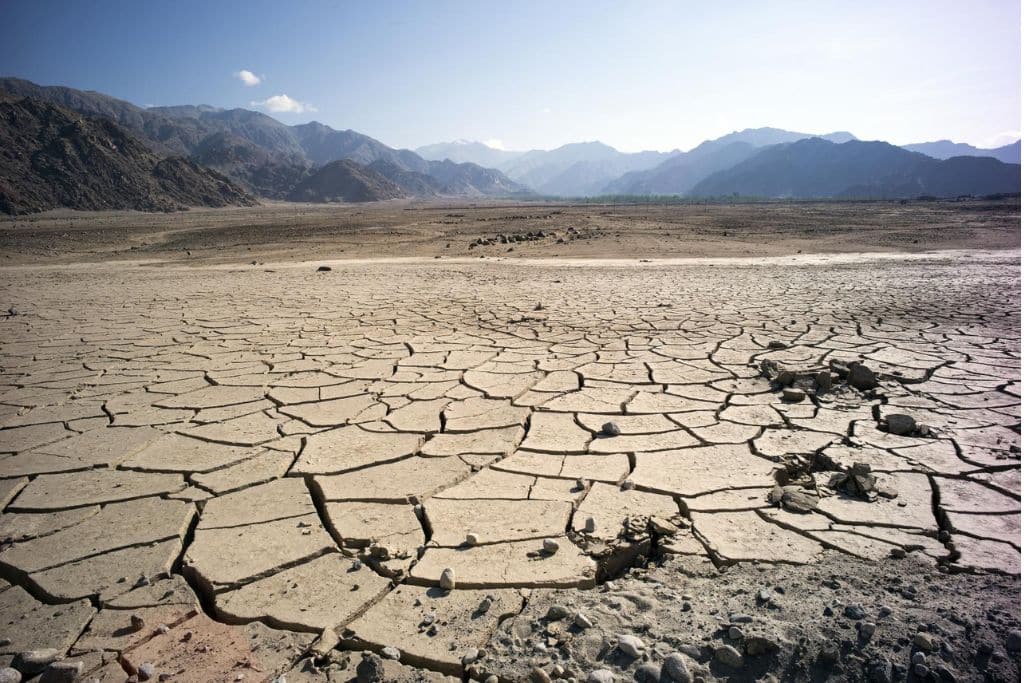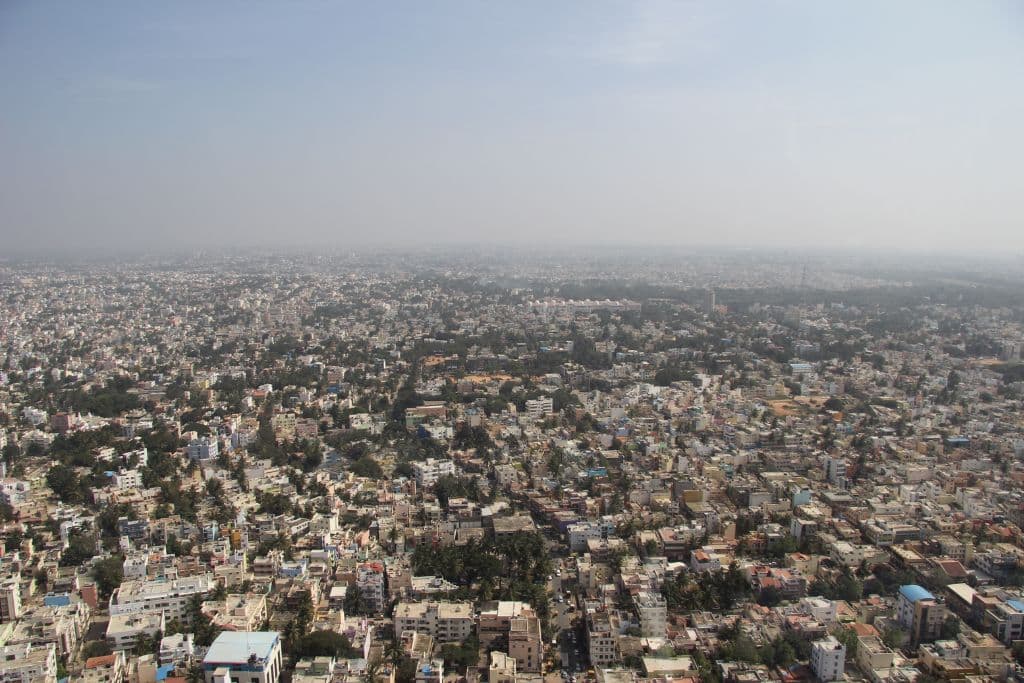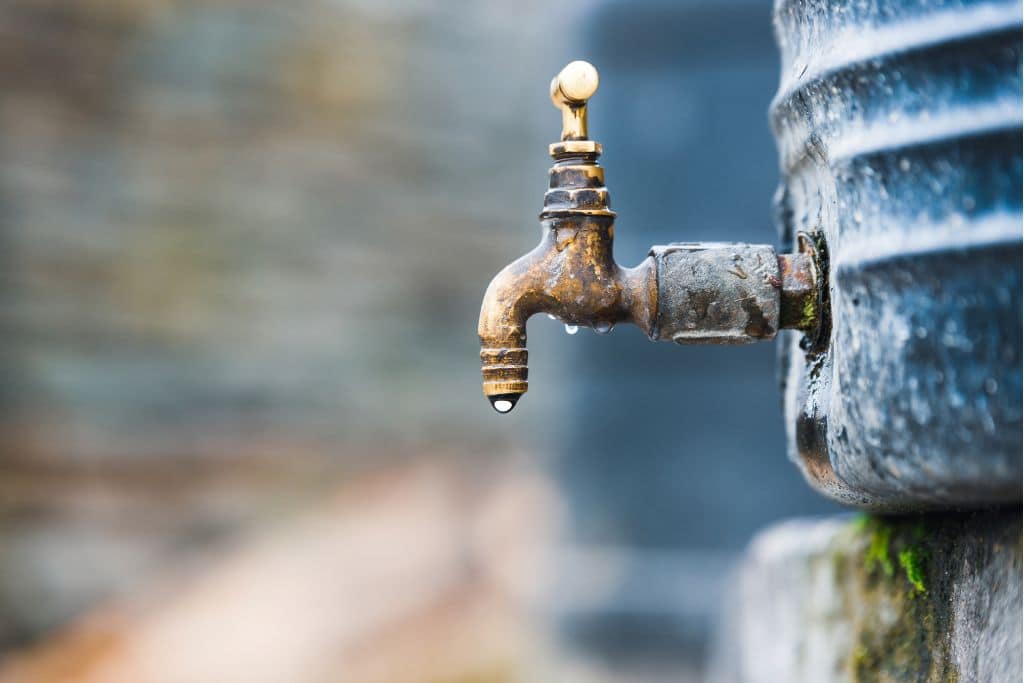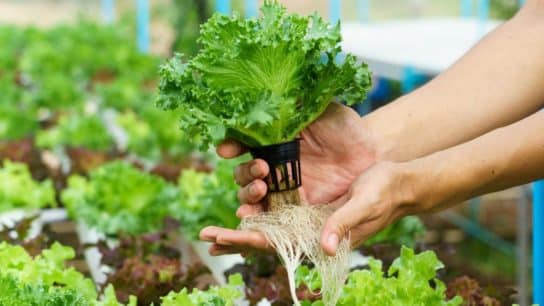In a conversation with Earth.Org, Vishwanath Srikantaiah, a water conservation expert and urban planner, discussed the many initiatives that have been implemented to improve water security in Bangalore, India’s third most populous city. Interestingly, many of these initiatives can be mapped – intentionally or not – to circular economy principles.
—
By Sangeeta Jayadevan. Read part 2 here.
The circular economy is an economic system designed to be sustainable by keeping materials and products in use for as long as possible, thereby eliminating waste and reducing pollution. Unlike the traditional linear economy, which follows a “take, make, dispose” pattern where resources are extracted, made into products, and eventually discarded as waste, the circular economy aims to create a closed-loop system. Here, resources continuously flow through reuse, repair, refurbishment, and recycling.
Interestingly, water flows form a circular process, better known as the hydrological cycle: as temperatures increase, water evaporates from surface water bodies and oceans to form water vapor. In a process called transpiration, water vapour is also released from foliage of plants and trees. As the water vapor rises to cooler temperatures and its volume increases, clouds, and eventually precipitation in the form of rain, snow or hail storms, forms. Rainfall falling on oceans and on land replenishes water levels of surface water bodies as well as the soil.
The precipitation that does not run off or recharge groundwater but is stored in the soil is referred to as green water – and it is not available for use. Meanwhile, blue water refers to surface and groundwater stored in rivers, lakes, aquifers and dams that can be extracted for human consumption.
Plants and trees contribute to this cycle by absorbing soil moisture from their roots and releasing water vapour from their leaves. Their roots and foliage play a crucial role in the water cycle by retaining soil moisture and slowing rates of runoffs during rainfall.

Human activities and climate change have significantly disrupted the water cycle, leading to the surpassing of the planetary boundary for freshwater. The precise manner in which human actions are affecting the hydrological cycle remains a critical question.
Urbanization has transformed vast expanses of once pristine landscapes, replacing permeable natural surfaces with impermeable concrete. This shift has caused a decline in groundwater levels, ultimately diminishing the available water supply for urban populations. Reduced infiltration rates have further repercussions, such as heightened risks of flash floods due to increased surface runoffs into water bodies. Additionally, pollutants originating from urban areas are carried by runoff and deposited into water ecosystems.
The process of urbanization also entails the removal of trees and vegetation, resulting in decreased transpiration. Typically, trees and vegetation retain water in their structures, facilitating groundwater recharge by aiding in soil absorption and retention. Deforestation leads to soil erosion, compromising its water-holding capacity and detrimentally affecting groundwater replenishment.
Lakes and water reservoirs are increasingly encroached upon by expanding urban developments, displacing natural water bodies with built structures. This encroachment diminishes the availability of drinking water, disrupts evaporation rates from these water sources, and hampers the potential for groundwater recharge.
Even in cases where lakes are left untouched, they are frequently utilized as dumping grounds for sewage and industrial effluents, resulting in water pollution. This contamination not only affects the lakes themselves but also seeps into groundwater reservoirs, rendering the water unfit for consumption.
Water Conservation
Recognizing that water is a finite resource, water conservation efforts have been implemented by multiple state and private entities, with varying degrees of success.

Bangalore, India’s third-largest city with a population of over 14 million, has often grappled with a severe water crisis. Vishwanath Srikantaiah, a water conservation expert and urban planner, has been at the forefront of water conservation efforts in the city, advising and working with various communities to help make Bangalore more water resilient.
In a conversation with Earth.Org, Srikantaiah discussed the many initiatives that have been implemented to improve the city’s water security. Interestingly, many of these initiatives can be mapped – intentionally or not – to circular economy principles.
Reduce
During a recent water shortage, the city made the use of aerator taps across the city compulsory. “As part of demand management, Bengaluru has mandated water efficient fixtures on taps in all homes and commercial establishments,” explained Vishwanath.
Tap aerators can reduce water flow from 12-18 liters per minute to three-six liters per minute – potentially saving over 50% of water in kitchen and hand wash sinks without compromising functionality.
Re-use
In most households, water is allowed to simply drain away after use. This represents a massive waste of an already scarce natural resource. Instead, if this used water is chemically treated, it could well be reused by residents in homes for non-drinking purposes, thus reducing the overall need for water. In Bengaluru, water treatment using Sewage Treatment Plants (STPs) are mandated in apartments with over 150 flats.
“Treated wastewater is a huge opportunity for any city. The water we use in our dishwashers, washing machines and showers is referred to as grey water. It can be treated at source at Sewage Treatment Plants in the apartment premises. This treated water is then available for use in our homes for non-drinking purposes,” explained Vishwanath.
Recycle
Some industrial units require large quantities of water daily. Apartments are permitted to sell their excess treated water to such industries. Rivers, lakes, streams and wetlands are supplied with treated wastewater which helps their water levels increase, thereby recharging groundwater. Treated water is also supplied to farmers on the outskirts of the city. This helps farmers become water secure and in turn, helps Bengaluru city become food secure. In this manner water is recycled and put to productive use.
“We need to invest in sewage networks so that every drop of grey water is collected and treated,” said Vishwanath.
Bangalore is running the second-largest project of its kind in the world to treat roughly around 2,000 million litres per day of wastewater to fill 500 lakes and make sure that 64,000 farmers receive the treated wastewater. About 1.1 million hectares of land is brought under cultivation, so that the farmers are climate secure, water secure and the city is food secure. “Wastewater is recycled and put to productive use,” he said.
Treated wastewater can play a major role in meeting the growing water demand in rapidly expanding cities, supporting industrial development and sustainable agriculture.
Strengthening the Water Cycle
Increased urbanization comes with an increase in impermeable surfaces, resulting in reduced infiltration, which has adversely impacted the natural water cycle. In Bengaluru, during the dry months, lakes are supplied with treated water which helps recharge water levels in underground aquifers. Rainwater harvesting is mandatory in apartments and other large facilities. There are plans to create recharge pits in parks and other open areas across the city to enable greater rainwater harvesting. These actions strengthen the natural water cycle by enabling greater water infiltration and groundwater recharging.
With Bangalore’s rapid growth, implementation gaps are inevitable and water stress still manifests periodically. However, these initiatives, along with residents’ involvement and education, are a step in the right direction, said Vishwanath. Every rapidly growing city can successfully implement these ideas, strengthening the water-cycle and becoming self-sufficient in their water needs.
—
About the author: Sangeeta Jayadevan is an ex-IBMer with an interest in Climate Change, Sustainability and Earth Systems. She enjoys educating herself on this topic and then disseminating the information in simple terms. She volunteers with Earth.Org and with Statistics Without Borders.
This story is funded by readers like you
Our non-profit newsroom provides climate coverage free of charge and advertising. Your one-off or monthly donations play a crucial role in supporting our operations, expanding our reach, and maintaining our editorial independence.
About EO | Mission Statement | Impact & Reach | Write for us








